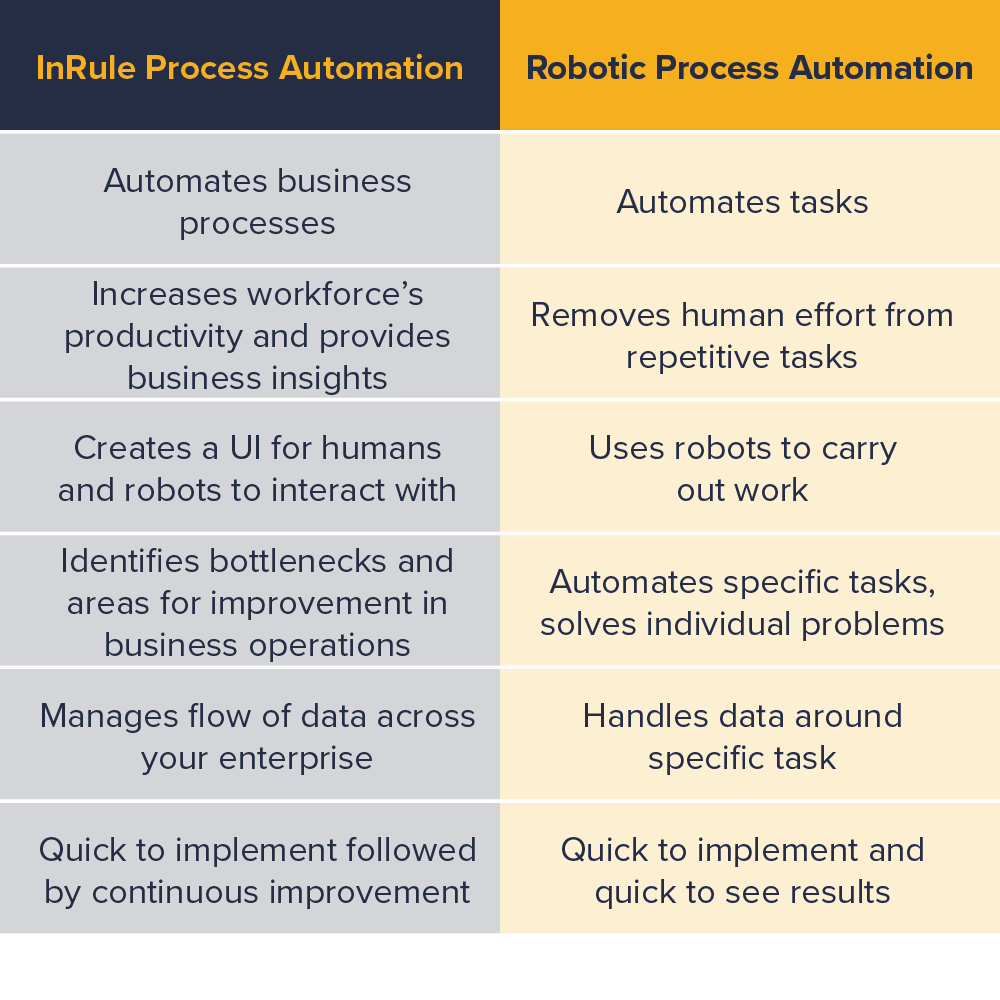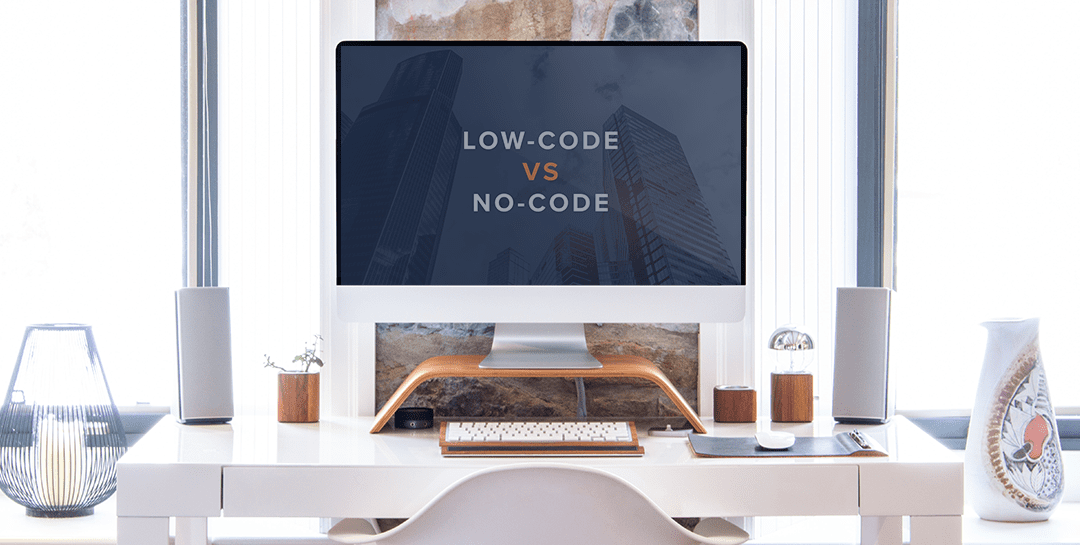One technology that often comes to mind when discussing automation as a concept is Robotic Process Automation (RPA). Most companies that have invested in automation have implemented RPA to alleviate their coworkers from manual, tedious, and repetitive tasks. Digital Process Automation (DPA) is a lesser-known technology that sometimes ends up head-to-head with RPA. But do they necessarily exclude one another? And in what areas are they most suitable?
What is RPA? (Robotic Process Automation)
Let’s start with the basics: What is RPA? RPA uses software robots programmed to perform specific tasks, often tedious and recurring, such as moving data from one place to another. Perhaps a simplification, but these software robots emulate human workers in rudimentary tasks, so we don’t have to do them ourselves.
What happens if we put that into a real-life example? Let’s jump into the world of retail and how RPA could streamline returns processing. Even though retail companies are trying their best to limit claims and returns, they’ll forever be present. When moving items around, there’s plenty of data to track. RPA can help facilitate keeping inventory up-to-date, updating customer records, balancing accounting records, and other systems connected to the returns processing.
What is DPA? (Digital Process Automation)
In contrast to RPA, DPA involves humans in the loop. It is more of an orchestrating framework for how processes should run that delivers the right task to the right person (or software robot) at the right time.
DPA is often based on low code, which enables people within the business to take ownership of their development—bridging the often-seen gap where the business has an idea for improvement but then has to order a change from IT. In this scenario, automation is put in the hands of those closest to the issue, propelling organizational innovation.
Returning to the previous example we used when implementing RPA, in returns processing for retail, DPA will act as the underlying structure for the process from start to finish. The hub ties all departments, coworkers, systems, and software robots together. It moves the process in the right direction and delegates tasks that need addressing before you can move on to the next step. DPA will enable you to gather data, progress, and the status of all ongoing processes in one cockpit. Since most DPA platforms use low code, iterating and finetuning the process is something the business can handle without involving the IT department.
Differences between robotic process automation and digital process automation
There are several differences between RPA and DPA. However, one difference between them is human involvement or lack thereof. But there are more fundamental differences than that, such as the overall scope in which these technologies function. DPA is a more holistic approach that focuses on business processes from start to finish. RPA is the quick fix, and DPA is the fundamental framework where you can add more functionality and technology via integrations.
Below are some of the more noticeable differences.

One thing these technologies have in common is that integrations are a frequent occurrence, whether to an ERP, CRM, or something else.
Why automate with DPA or RPA?
While automation doesn’t promote agility in itself, low code will do the trick. By putting the power of automation in the hands of the business, they’ll be able to reinvent their ways of working swiftly.
DPA is also a formidable tool to organize workflows, especially when a workflow includes multiple departments. In this case, DPA will act as a conductor to an orchestra, dictating the tempo and who does what. Remember, DPA will coordinate the right work tasks to the right person (or software robot) at the right time.
In short, these automation technologies will save your organization time and money in combination or by themselves.
Complement DPA with RPA
While being inherently different in some aspects, DPA and RPA show some overlapping capabilities. That’s one of the reasons for a common misconception that you have to choose between the two. The fact is that they work excellently in tandem with DPA, focusing on the holistic overarching process from start to finish, and RPA takes care of individual rudimentary tasks.
So, when investing in automation technology, remember that DPA and RPA do not exclude one another. However, just as when you’re building a house, an excellent place to start is with the foundation. In this case, DPA is equal to the foundation, allowing you to further automate by adding RPA into the mix.
Interested to see what applications DPA is suitable for across various industries? Download our guide “Where To Start or Expand” to learn more.


